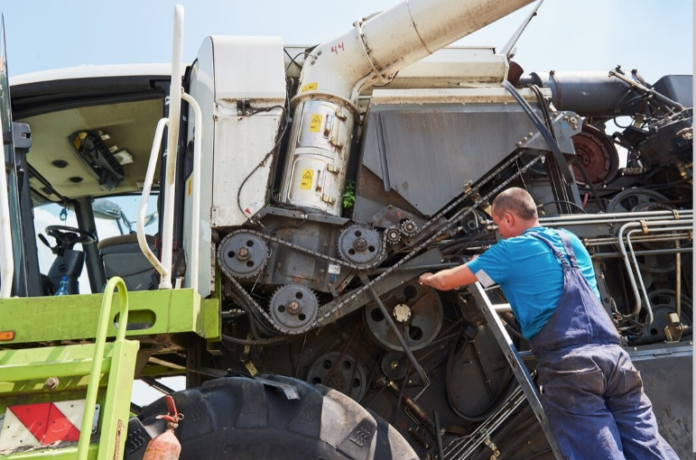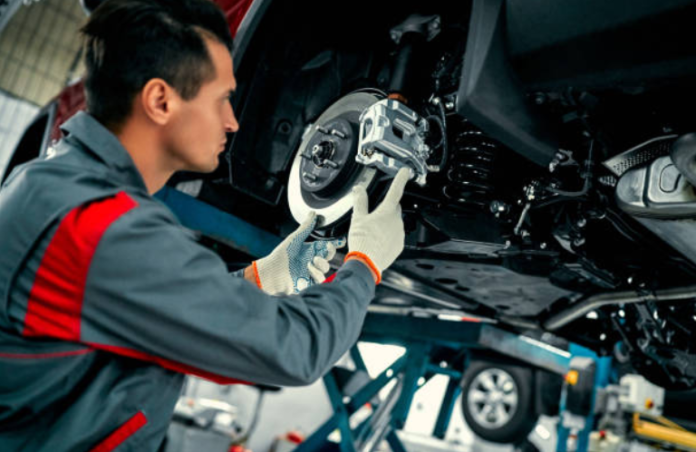Urban transportation is a delicate system. Every second counts, every lane matters, and any obstruction can ripple through the city like a wave. One often-overlooked factor that plays a major role in how smoothly cities move is vehicle recovery—the process of removing broken-down, abandoned, or accident-damaged vehicles from roadways. It might sound simple, but its impact is far-reaching and deeply woven into the efficiency of urban mobility.
Reducing Congestion Through Rapid Vehicle Recovery
Imagine a delivery truck breaking down on a narrow city street during rush hour. It only takes one blocked lane to cause a backup stretching blocks. Delays mount. Frustration builds. Public transport slows. And yet, the longer that truck sits there, the more time is lost across the city.
Efficient vehicle recovery drastically reduces these time losses. The quicker a disabled vehicle is removed, the faster the road returns to its intended flow. This not only helps everyday commuters but also supports emergency response vehicles and commercial transport, both of which rely on smooth traffic movement.
Improving Public Transport Reliability
Urban transportation systems are deeply interlinked. Buses and trams often share roads with general traffic. When a vehicle blocks these shared spaces, public transport suffers delays, schedules unravel, and passengers grow weary.
Fast and coordinated vehicle recovery helps maintain reliability in public transit networks. Regular commuters, particularly those without other transport options, benefit immensely when delays are minimized. Recovery services act like a support beam holding up the integrity of the larger transportation system.
Minimizing Environmental Impact Through Traffic Flow
Idling engines are a major contributor to urban air pollution. The longer vehicles sit in traffic jams caused by road blockages, the more emissions are released into the atmosphere. City planners are increasingly aware that efficiency isn’t just about time—it’s about health and sustainability.
By ensuring stalled or damaged vehicles are removed promptly, recovery services help reduce overall vehicle idling time. This small act contributes to cleaner air and helps cities meet environmental targets. It’s an indirect benefit, but a powerful one when multiplied across thousands of incidents each year.
Boosting Urban Safety With Quick Vehicle Recovery
A stranded vehicle on a busy road isn’t just an inconvenience—it’s a hazard. Drivers trying to swerve around it may cause secondary accidents. Pedestrians navigating the chaos are also at greater risk.
Vehicle recovery teams reduce these dangers. Their fast response makes streets safer for everyone. Many services today come equipped with safety barriers, flashing lights, and coordination protocols to protect drivers and oncoming traffic during the process. This proactive safety measure strengthens the overall resilience of urban transport systems.
Technology Elevating Vehicle Recovery Services
Modern vehicle recovery is no longer a manual, sluggish operation. GPS tracking, AI-powered dispatch systems, and traffic-aware algorithms now guide teams directly to the incident spot. Drones and roadside sensors help identify and assess obstructions faster.
This marriage of technology and service means recovery happens faster and more precisely than ever before. It’s no longer about waiting on the sidelines—it’s about being one step ahead of the problem.
Conclusion
Vehicle recovery may not be the flashiest component of urban transportation, but its importance cannot be overstated. It’s a behind-the-scenes operation that makes visible improvements to daily life in cities. From reducing congestion and emissions to improving safety and economic flow, vehicle recovery supports the very veins of urban mobility.








